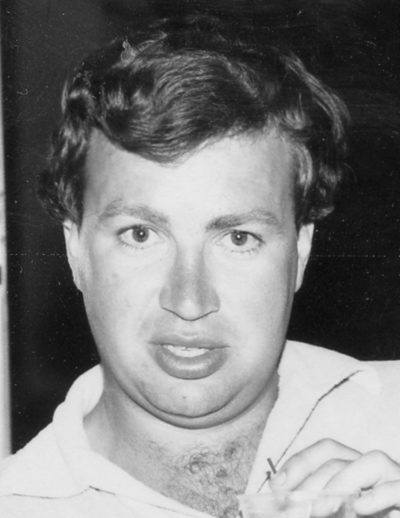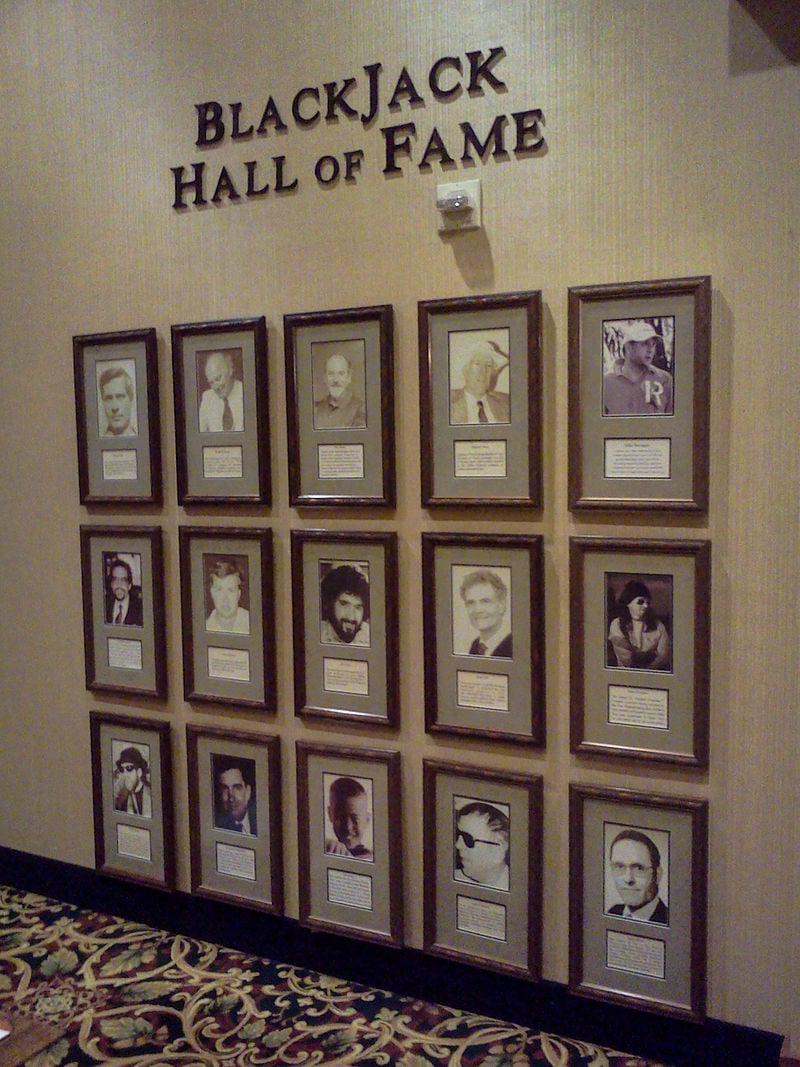Where Is Tommy Hyland Now? The Blackjack Legend’s Journey From Card Counter to Hall of Famer
Tommy Hyland’s name is synonymous with the highest levels of blackjack mastery and card counting. Inducted into the Blackjack Hall of Fame in 2002, his strategic brilliance, innovative play, and unbreakable team spirit revolutionized the way the game is played. Over twenty years after reaching the hall’s heights, what has Hyland been up to, and how has his legacy shaped the world of professional gambling?

Formative Years: Early Lessons in Betting and Blackjack
Tommy Hyland grew up in New Jersey in the 1950s, where his first exposure to gambling came from his father, a frequent visitor to local racetracks and pool halls. These experiences lit a spark that soon turned into a passion. By his teenage years, Hyland wasn’t just interested in gambling-he was orchestrating it. He started organizing bets among classmates, duplicating parlay cards, and even designing spreadsheets so peers could wager on their own school’s sports events. For the era, his weekly take of $30-$50 was impressive income for a high schooler.
When he reached adulthood, Hyland gravitated toward the bright lights of Atlantic City and Las Vegas. Although early trips ended with losses, he saw untapped potential. Instead of giving up, he dedicated himself to refining card counting systems, returning to the tables with newly honed techniques. What began as a personal challenge eventually transformed into a full-time profession by the late 1970s, marking the start of a prolific gambling career.
Creating the Hyland Blackjack Team: Collaboration and Ingenuity
The 1980s marked a turning point: inspired by Lawrence Revere’s influential book, Playing Blackjack as a Business, Hyland realized that solo play had its limits. He formed a blackjack team, teaching four selected members-one being his roommate-advanced card counting techniques. Their coordinated system involved one member tracking low cards and another tracking high cards at the same table. Sharing their observations discreetly, they gained a powerful edge and split winnings that topped $4,000 each from just their early outings.
Finding not just skilled, but trustworthy, team members was always a challenge. When original team players departed in the early 1980s, Hyland instinctively recruited friends from his golfing circle, building a robust system of ongoing talent replacement. This continual renewal kept the team thriving for decades.
Throughout their run, skepticism from casino staff and other gamblers was inevitable. In 1994, three Hyland team members were arrested in Ontario under suspicion of cheating; however, after a thorough review, the judge ruled in favor of the group, confirming that all their tactics were legitimate and legal.
Innovative Tactics: Shaping the Blackjack Battlefield
Hyland didn’t just follow prevailing blackjack wisdom-he helped define it. He was among the first to champion ace sequencing, a technique that meticulously tracks where aces are in the deck, allowing players to predict when an ace will be dealt in subsequent hands. This advanced strategy complemented emerging methods such as shuffle tracking, giving Hyland’s team a unique advantage long before these tactics became widely known.
In Atlantic City’s casinos, the Hyland team capitalized on favorable gaming rules, particularly “early surrender”-allowing players to forfeit a hand before the dealer checks for blackjack. This maneuver further reduced the house edge, creating lucrative opportunities that few others dared to exploit. Within just weeks of employing these methods, Hyland’s team had already accumulated profits surpassing $50,000.
Even though casino security teams are now well-trained in identifying professional advantage players, Hyland’s strategies were largely unrecognizable in their day, which enabled his team’s unparalleled success.
Leaving a Lasting Legacy in Professional Blackjack
No other blackjack team has achieved the same longevity and consistency as Tommy Hyland’s group-active from the late 1970s into the early 2000s. Their secret to longevity was adaptability; when team members became known to casinos, Hyland encouraged elaborate disguises. Players changed hairstyles and facial hair, and on one occasion, Hyland himself entered a casino dressed as Santa Claus-although this tactic drew both amusement and extra attention.
Ultimately, as recognition grew, it became more difficult to operate undetected, and the original team disbanded. Despite this, Hyland’s skills as a team manager ensured the group remained successful for over 40 years-a remarkable feat in casino history. Though he eventually stepped back from managing the team, Hyland continues to amuse himself with occasional sessions at Atlantic City’s blackjack tables.
Modern Day: Recognition, Media Appearances, and Personal Life
Tommy Hyland’s story did not end with his professional blackjack career. In 2002, he became one of the inaugural inductees into the Blackjack Hall of Fame, joining industry greats such as Arnold Snyder, Edward O. Thorp, Ken Uston, Peter Griffin, and Stanford Wong. This recognition immortalized his contributions to the game.

Beyond the gaming floor, Hyland ventured onto screens both big and small. He appeared as himself in the 2004 documentary The Hot Shoe, which offered an inside look at card counting. Hyland was also featured in the television series Breaking Vegas and the docufilm Inside the Edge: A Professional Blackjack Adventure, each providing rare insight into the world of professional casino players.
Now, having left the high drama of casino life behind, Hyland spends more time with family-in particular, his wife, who finally gets to see him away from the blackjack action. While the flow of headlines has slowed, his estimated net worth remains over $1 million. Tommy Hyland’s lasting fame is a testament to his genius, integrity, and enduring influence on the game of blackjack.













